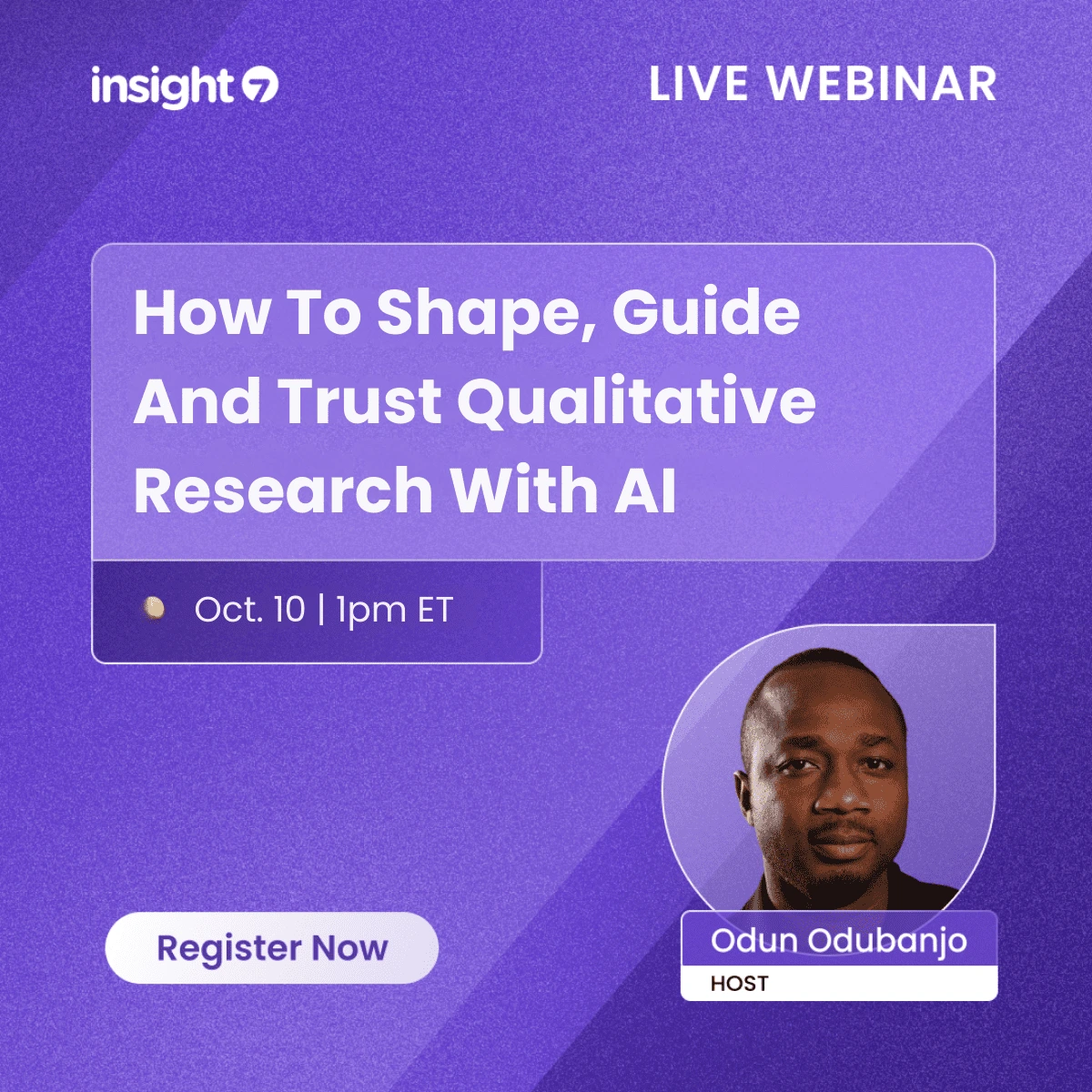Speech Analytics in Call Centers: Unlocking Hidden Customer Needs
-
Bella Williams
- 10 min read
In today's fast-paced business environment, understanding customer needs is more critical than ever. Call centers, often the frontline of customer interaction, face the challenge of deciphering complex customer sentiments and demands. Traditional methods of gathering feedback, such as surveys and manual call monitoring, often fall short in providing the nuanced insights that businesses require. This is where speech analytics comes into play, transforming raw audio data into actionable insights that can significantly enhance customer experience and operational efficiency. By leveraging advanced technologies, organizations can unlock hidden customer needs, leading to improved service delivery and increased customer satisfaction.
What Problem Does Speech Analytics Solve?
Customer service frustrations are rampant in the call center industry. Long wait times, unresolved issues, and inconsistent agent performance can lead to dissatisfaction and churn. Traditional quality assurance processes, which often rely on subjective evaluations and limited call samples, fail to capture the full spectrum of customer interactions. As customer expectations rise, fueled by advancements in AI and technology, call centers must adapt to meet these demands. The pressure to provide personalized, efficient service has never been greater, making it essential for organizations to adopt innovative solutions like speech analytics.
Strategic Framework for Speech Analytics
Speech analytics is the process of analyzing spoken language to extract meaningful insights. Unlike traditional methods that rely on manual evaluations, speech analytics utilizes AI and machine learning to analyze vast amounts of call data quickly and accurately. This technology enables organizations to identify trends, monitor agent performance, and understand customer sentiment in real-time. By harnessing the power of speech analytics, businesses can make informed decisions that enhance the customer experience and drive growth.
What Becomes Possible With Speech Analytics?
- Real-time Sentiment Analysis → Enhanced Customer Experience: Understanding customer emotions during calls allows for immediate adjustments in service delivery.
- Identification of Key Trends and Patterns → Informed Business Decisions: Recognizing recurring issues helps businesses address root causes effectively.
- Automated Quality Assurance → Improved Agent Performance and Training: Continuous monitoring of calls provides insights for targeted training and development.
- Predictive Analytics for Customer Behavior → Proactive Engagement Strategies: Anticipating customer needs leads to timely interventions and improved satisfaction.
- Enhanced Compliance Monitoring → Risk Mitigation and Improved Trust: Ensuring adherence to regulations builds customer confidence and loyalty.
Why Are Organizations Betting Big on Speech Analytics?
Organizations are increasingly adopting speech analytics to gain a competitive edge. The need for improved customer insights, operational efficiency, and the ability to respond swiftly to market changes are driving this trend. By eliminating pain points such as missed sales opportunities and inefficient training processes, speech analytics empowers businesses to deliver consistent, high-quality customer experiences. The value of these insights is evident in the speed of decision-making, the personalization of services, and the potential for significant ROI, as demonstrated by numerous case studies.
Speech Analytics Data Infrastructure and Requirements
Effective speech analytics relies on diverse data sources, including call transcripts, CRM logs, customer feedback, and quality assurance scores. Integrating various channels enhances the accuracy of insights, allowing organizations to build a comprehensive understanding of customer interactions. Clean and structured data is crucial for generating reliable insights, enabling better decision-making and strategic planning.
How Does Speech Analytics Work Behind the Scenes?
- Gather Raw Inputs: Collect data from calls, meetings, and customer interactions.
- Convert Audio into Structured Text: Utilize advanced speech recognition technologies to transcribe conversations.
- Spot Sentiment, Objections, Conversion Cues, or Patterns: Leverage natural language processing to analyze the content of calls.
- Apply Historical Data to Improve Predictions: Use machine learning algorithms to refine insights based on past interactions.
- Deliver Insights in Real-Time Dashboards, Alerts, or Coaching Prompts: Provide immediate access to actionable data for teams.
- Track Impact, Refine Models, Close the Loop: Ensure continuous improvement by monitoring outcomes and adjusting strategies.
High-Impact Speech Analytics Use Cases
- Detect Buying Signals to Improve Win Rates: Identify phrases that indicate customer interest, enhancing sales strategies.
- Track Coaching Effectiveness: Monitor agent performance post-training to assess the impact of coaching initiatives.
- Monitor Customer Sentiment to Resolve Issues Faster: Set up real-time alerts for negative sentiment to address concerns promptly.
- Strengthen Pipeline Health and Predict Churn: Use predictive analytics to identify at-risk customers and implement retention strategies.
- Spot Upsell and Retention Opportunities: Analyze conversations to uncover additional customer needs that can be addressed.
How Do You Choose the Right Speech Analytics Tool?
When selecting a speech analytics tool, consider features such as accuracy, integration capabilities, multilingual support, and real-time dashboards. AI-powered solutions offer significant advantages over traditional methods, including scalability, ease of use, and customization options. A modern tool should seamlessly integrate with existing systems like Salesforce, HubSpot, or Zendesk to maximize its effectiveness.
Quick Comparison:
| Feature | Modern AI Speech Analytics | Traditional Methods |
|---|---|---|
| Summaries | Instant, automated | Manual notes |
| Sentiment Detection | AI-driven, scalable | Human judgment, limited |
| Forecasting | Predictive | None |
| Coverage | 100% of calls | Sampled only |
| Integration | Seamless with CRM/other tools | Limited capabilities |
Common Speech Analytics Implementation Challenges
Organizations may face several challenges when implementing speech analytics, including:
- Dirty or Incomplete Data Leading to Bad Insights: Ensuring data quality is essential for accurate analysis.
- Lack of Team Alignment on Goals and Objectives: Clear communication and shared objectives are crucial for successful implementation.
- Over-Automating Without Human Oversight: Balancing automation with human judgment is necessary to maintain quality.
- Not Integrating into Existing CRM/Workflows: Seamless integration is vital for maximizing the benefits of speech analytics.
- Resistance to Change from Staff: Change management strategies can help ease the transition to new technologies.
How Do You Get Started With Speech Analytics?
To effectively implement speech analytics, follow this practical roadmap:
- Connect to Your CRM and Call Recording System: Ensure compatibility for seamless data flow.
- Import Historical Conversations to Build Baselines: Use past data to train the analytics model.
- Set Up Role-Based Dashboards for Different Teams: Tailor insights to meet the needs of various departments.
- Train and Calibrate with Real Data: Utilize a diverse dataset for accurate model training.
- Launch Pilots in Targeted Areas: Test the effectiveness of the tool in specific departments before a full rollout.
- Expand Adoption, Review Regularly, and Optimize: Continuously assess performance and make necessary adjustments.
Excellence Standards for Speech Analytics Programs
To achieve the highest ROI from speech analytics, organizations should adhere to best practices such as regular training and calibration of models. Insights should be reviewed frequently to ensure relevance and accuracy. A robust volume of data strengthens predictive accuracy, while balancing AI-driven outputs with human oversight is essential for effective decision-making.
How Do You Track Results?
Key success metrics to monitor include:
- Conversion Lift: Measure the percentage increase in sales attributed to insights gained from speech analytics.
- First-Call Resolution Rates: Assess the efficiency of issue resolution based on call data.
- Agent Coaching Improvements: Evaluate measurable performance changes resulting from targeted training.
- Sentiment/NPS Correlations: Link customer feedback to business outcomes to gauge satisfaction.
- Forecasting Accuracy: Analyze how well predictions align with actual customer behavior.
Golden Rule: The true value of speech analytics lies not in the data itself, but in the improved actions teams take as a result of those insights.
Questions Leaders Often Ask
- What exactly is speech analytics technology and how does it work?
- How is it better than traditional QA or manual notes?
- Can we integrate it with Salesforce, HubSpot, or Zendesk?
- How much call data do we need before insights are reliable?
- Is it safe, compliant, and secure for regulated industries?
- What are the best practices for interpreting and acting on insights?
Wrapping It Up
As customer interactions continue to evolve, leveraging technology like speech analytics is essential for staying competitive. The right platform can transform conversations into measurable business growth, enabling organizations to meet customer needs effectively. By exploring next steps such as demos, pilots, or platform comparisons, businesses can position themselves for success in the ever-changing landscape of customer service.
Additional Resources
- Links to case studies, whitepapers, or industry reports on speech analytics.
- Recommendations for further reading on customer experience management and AI in call centers.
- Webinars or training sessions available for deeper learning on implementation and best practices.







